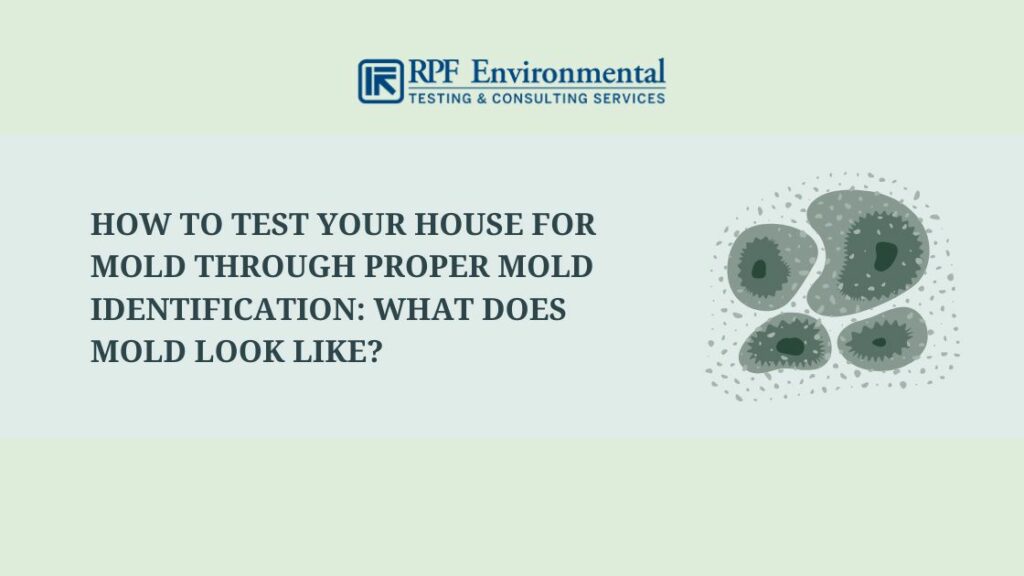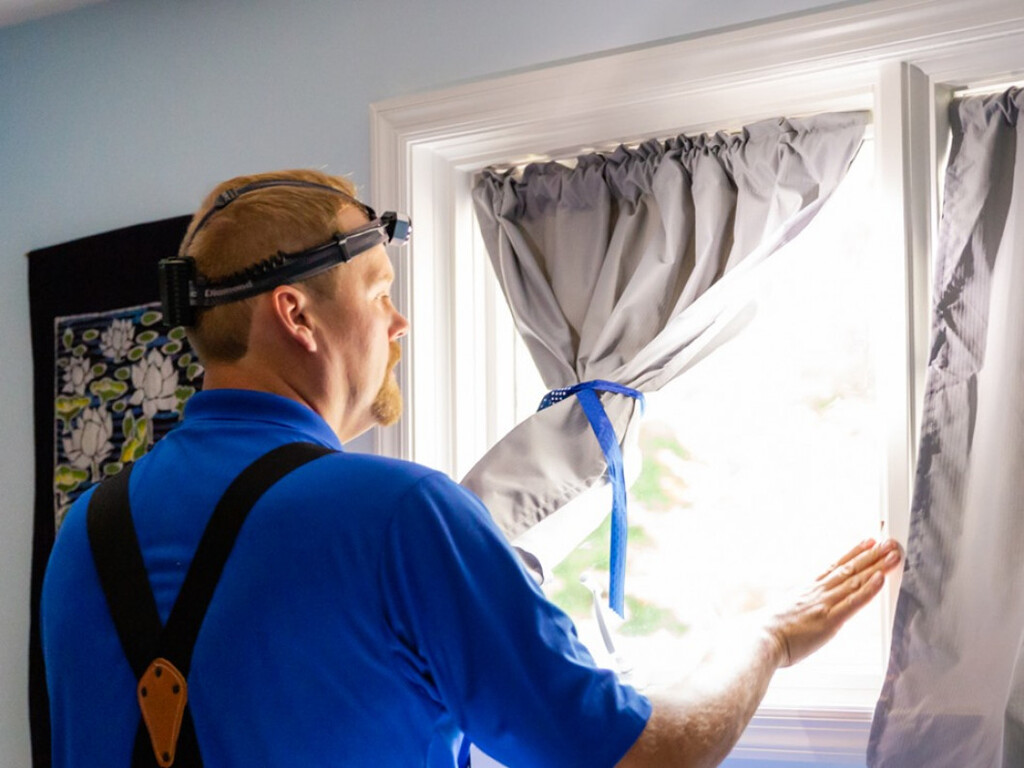Ensuring Conformity With Regulations: the Function of Mycotoxin Checking in Top Quality Control
Making certain compliance with rigid guidelines is extremely important for preserving food safety and security, and the duty of mycotoxin testing in quality control can not be overemphasized. Mycotoxins, poisonous compounds produced by particular mold and mildews, present significant health dangers, making their discovery crucial in food production.
Recognizing Mycotoxins
Understanding mycotoxins is fundamental to guaranteeing the top quality and safety and security of agricultural products. Mycotoxins are harmful second metabolites produced by certain species of fungis, typically located in foods items such as grains, nuts, and seasonings. These substances can arise at different phases of the food manufacturing process, from pre-harvest to storage space, and present substantial wellness dangers to both animals and people (Mycotoxin testing Services). The most notorious mycotoxins include aflatoxins, ochratoxins, trichothecenes, and fumonisins, each connected with particular fungal types and environmental conditions.
The existence of mycotoxins in foodstuff can cause severe and persistent health and wellness issues, consisting of liver damage, immune reductions, and carcinogenic results. Their discovery and quantification are critical components of quality control in farming and food sectors. The complexity of mycotoxin contamination necessitates a diverse technique, employing advanced logical methods such as fluid chromatography, mass spectrometry, and enzyme-linked immunosorbent assays (ELISA) By recognizing the sources, types, and effects of mycotoxins, stakeholders in the farming field can much better execute preventative measures and reduce threats, guaranteeing much safer intake for end-users. This understanding develops the bedrock whereupon efficient mycotoxin management methods are constructed.
Governing Standards for Mycotoxins
Having established a fundamental understanding of mycotoxins and their effect on food safety, it is imperative to evaluate the regulative criteria controling their presence in agricultural products. Governing standards for mycotoxins are necessary due to the fact that they specify allowable restrictions, making certain food safety and security and protecting public health and wellness. Different worldwide and national companies have established these limitations based on detailed threat evaluations.
The Codex Alimentarius Commission, an international body developed by the FAO and that, supplies guidelines and maximum allowed degrees for different mycotoxins in food and feed. The Codex has established restrictions for aflatoxins in peanuts, maize, and dried figs, among various other assets. These criteria are usually embraced or adapted by specific nations to fit their particular needs.
In the European Union, Law (EC) No 1881/2006 states maximum degrees for several mycotoxins, such as aflatoxins, ochratoxin A, and deoxynivalenol, in numerous food items. Likewise, the U.S. Fda (FDA) has actually developed action levels for mycotoxins like aflatoxins in assets such as nuts and grains.
Adherence to these regulatory criteria is critical for preserving market gain access to, consumer trust, and public wellness. Non-compliance can cause substantial economic losses and health threats, highlighting the value of strict mycotoxin testing methods.
Examining Approaches and Technologies

ELISA is commonly appreciated for its economical and quick testing capabilities, making it excellent for high-throughput environments. It counts on antibodies to find certain mycotoxins, offering lead to a fairly short time structure. Its level of sensitivity may be limited compared to much more innovative strategies.
HPLC, on my company the various other hand, masters offering quantitative analysis with high precision and accuracy. It separates intricate mixtures into individual parts, making it highly efficient for identifying and measuring numerous mycotoxins concurrently - Mycotoxin testing Services. This technique, while much more taxing and resource-intensive than ELISA, uses a greater degree of dependability

LC-MS represents the peak of logical uniqueness and level of sensitivity. Incorporating the splitting up power of fluid chromatography with the discovery abilities of mass spectrometry, LC-MS can identify also trace degrees of mycotoxins. This technique is vital for validating the existence of mycotoxins in forensic and regulative contexts, guaranteeing compliance with strict safety criteria.
Implementing Examining Methods

Including these sophisticated screening approaches into an extensive quality assurance structure demands a well-structured method to applying testing procedures. To achieve this, organizations have to first perform a complete danger evaluation to identify potential mycotoxin contamination factors within the supply chain. This assessment informs the advancement of a tailored testing method that attends to particular vulnerabilities.
Following, developing standard sampling procedures is vital. Regular tasting makes sure that test outcomes are trustworthy and rep of the whole set (Mycotoxin testing Services). Sticking to guidelines from governing bodies, such as the FDA or EFSA, aids keep compliance and boosts the reliability of the screening procedure
Training workers is one more essential part. Personnel should be skilled in both example collection and the procedure of screening equipment. Regular training sessions and qualification programs can make sure that group participants stay upgraded with the most recent strategies and governing modifications.
Benefits of Mycotoxin Examining
Mycotoxin screening uses many benefits that significantly boost the security and high quality of food and feed items. Mainly, it acts as a crucial control action to prevent infected products from getting to the consumer market, therefore guarding public health and wellness. By identifying and measuring mycotoxins such as ochratoxins, fumonisins, and aflatoxins, manufacturers can ensure that their items meet rigid regulatory requirements, therefore staying clear see page of potential lawful repercussions and connected costs.
Furthermore, mycotoxin screening contributes to the economic practicality of food and feed industries by lessening the risk of large-scale item remembers. The capability to detect and isolate infected batches early in the manufacturing procedure minimizes waste and prevents the economic losses related to damaged brand track record. It fosters consumer count on and commitment, as consumers are increasingly aware of food safety problems and demand higher high quality requirements.
The application of routine mycotoxin screening likewise advertises finest methods within farming and manufacturing fields. By sticking to strenuous screening procedures, companies can optimize their quality assurance processes, enhance operational efficiency, and make sure the regular manufacturing of risk-free, high-grade items. Finally, the benefits of mycotoxin screening are complex, adding to public wellness, financial stability, and market stability.
Conclusion
Mycotoxin testing is essential in making certain compliance with regulative criteria, thus preserving food safety and security and quality control. Therefore, mycotoxin screening remains a vital component of modern food security Read Full Article administration systems.
Ensuring compliance with rigid laws is critical for preserving food safety and security, and the role of mycotoxin screening in top quality control can not be overstated.In the realm of mycotoxin screening, progressed technologies and techniques are essential in making certain food safety and regulatory compliance.Mycotoxin testing uses countless advantages that considerably boost the safety and security and quality of food and feed products.Mycotoxin testing is important in guaranteeing conformity with regulative requirements, thus preserving food security and high quality control. Therefore, mycotoxin testing remains a vital element of modern food safety management systems.
Comments on “Choosing the Right Mycotoxin testing Services for Your Organization”